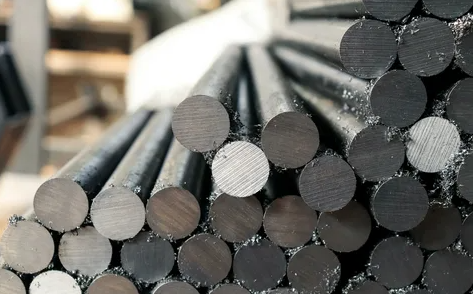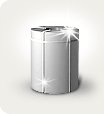Intense heat and pressure thousands of kilometers below the surface of Neptune and Uranus can break down hydrocarbon compounds, causing the carbon to compress into diamond and sink deeper into the cores of the planets.
The atmospheres of Neptune and Uranus are composed mainly of hydrogen and helium with a small amount of methane. Beneath the upper layers of the gaseous shell is a super-hot and super-dense liquid of water, methane and ammonia, which envelops the planet's core. Під час експерименту вчені відтворили умови всередині Нептуна на глибині близько 10 тисяч кілометрів. Замість метану (CH4) використовували вуглеводневий полістирол (C8H8). The optical laser pulses generated shock waves that heated the polystyrene to approximately 4,727 degrees Celsius and also created very high pressures, followed by observations using X-rays. Це дозволило нам спостерігати не тільки за перетворенням вуглецю в алмаз, а й за тим, що сталося з рештою зразка. It turns out that it disintegrates into hydrogen atoms, leaving virtually no carbon residue.
The results may explain why Neptune's interior is much hotter than it should be (it releases 2.6 times more energy than it absorbs from the Sun). Researchers believe that when diamonds, denser than the material around them, rain down inside the planet, they can release gravitational energy that is converted into heat.






